SUMMARY
This is AI generated summarization, which may have errors. For context, always refer to the full article.
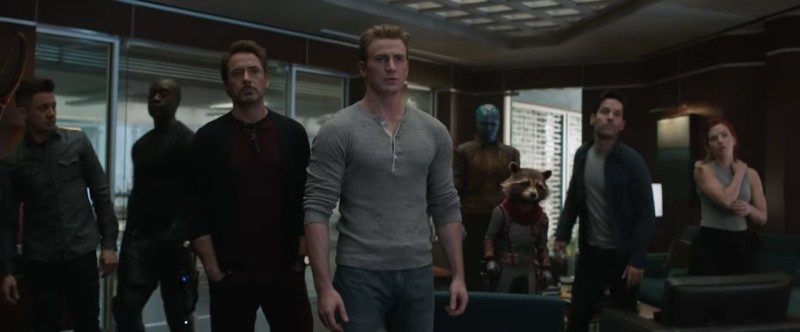
We are 3 weeks away from the release of Avengers: Endgame, the 22nd entry in the Marvel Cinematic Universe (MCU), and speculation is rampant on what direction the franchise will take following the end of what the studio is now calling the Infinity Saga.
Comprised of Phases 1-3 of the MCU, the Infinity Saga marks the end of a big screen journey that began with 2008’s Iron Man and has since come to redefine blockbuster storytelling as we know it.
Before Endgame hits cinemas on April 24th (in the Philippines), we take a look back at the hits, misses, and everything in-between, that brought us to this point.
The dark ages
From the late ’90s to the early aughts, the films based on a certain comic book publisher’s most popular characters were decidedly less than upbeat. Colorful heroics, wit, and whimsy were nowhere to be found, supplanted by brooding, pathos, and dark outfits. Forget about epic mythmaking a la Superman the Movie (1978), or the unrestrained pop art sensibilities that made Batman (1989) such a hit – the new films were grittier, more grounded, and altogether more angsty.
Put simply, the majority of Marvel films just weren’t very good.
And then there was Iron Man (2008).
Phase 1 (2008-2012): The Marvel Cinematic Age begins
Following a period of bankruptcy in 1996, Marvel decided to jump into movies in hopes of reversing their ailing fortunes. By developing films in-house with the second-tier characters they hadn’t yet sold off to third-party studios, Marvel could maintain creative control and (more importantly) keep all the profits. Securing a loan to cover the making of 10 films, the fate of the company would hinge on the success or failure of their first release.
Marvel Studios’ first film was 2008’s Iron Man, a surprise critical and box office hit that balanced engaging characters and snappy dialogue with memorable visuals. As billionaire playboy Tony Stark, actor Robert Downey, Jr. (Chaplin, Kiss Kiss bang Bang) enthralled, while single-handedly regaining his superstar status following years of drug-related controversy. But little did viewers at the time know, the film’s biggest surprise was what came after the end credits.
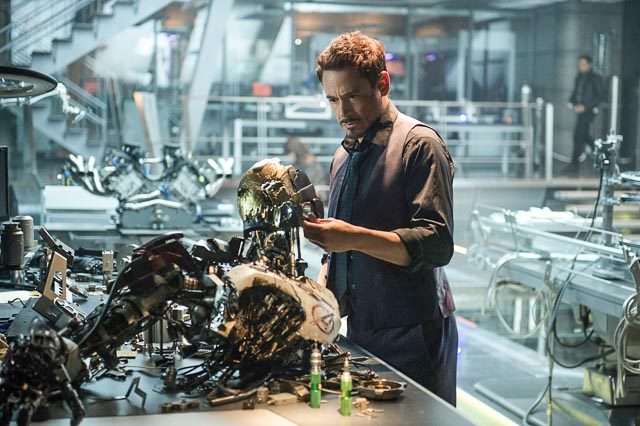
In a lot of ways, that post-credits scene was the real game changer; the adventures of Tony Stark were all good and well, but that brief scene of Nick Fury revealing the existence of an “Avengers Initiative” fired the imaginations of anyone who had ever opened a comic book. In those few seconds, the true scope of Marvel Studios chief Kevin Feige’s ambitions were laid bare, and there was no turning back.
Next up was The Incredible Hulk (2008), which reintroduced the title character to audiences following the failure of the Universal Studios-produced Hulk back in 2003. While the new film was a solid entry for the budding MCU, notoriously difficult star Edward Norton (Primal Fear, The Italian Job) wasn’t asked back after the grief he gave the producers over the script. This time around, the post-credits cameo went to Downey, Jr.’s Stark, attempting to sell General Thadeus Ross (William Hurt, Body Heat) on the aforementioned Avengers Initiative.
Even at this early stage, Marvel Studios’ long game had caught the attention of Disney, which knew a good thing when they saw it. Recognizing the potential for the hot new movie franchise, Disney made moves to acquire the company, purchasing Marvel outright in 2009 for USD 4.3 billion.
Iron Man 2 (2010) was the franchise’s first sequel, opening to impressive numbers based on audience good will for the first one. A Russian-accented Mickey Rourke (The Wrestler) played villain Whiplash, but the only character anyone cared about was Scarlett Johanssen’s (Lost in Transalation, Her) Black Widow, Natasha Romanoff.
Ostensibly Stark’s new assistant, Romanoff is revealed to be one of Fury’s agents, laying further groundwork for the forthcoming Avengers. Ironically, the notion of a cinematic universe that made the first film a novelty actually made Iron Man 2 something of a chore to sit through: it spends so much time setting up future stories, it forgets to tell a compelling one of its own.
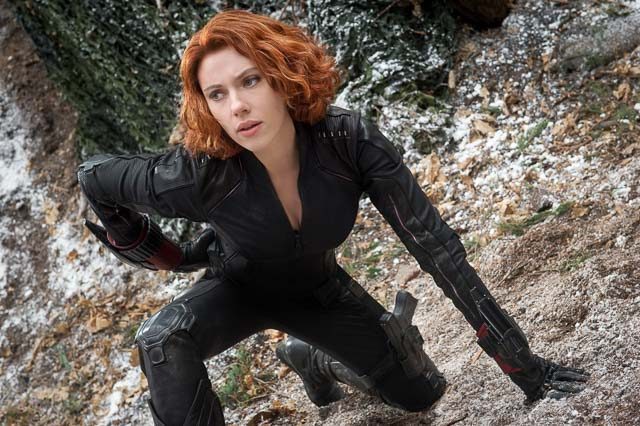
Thor (2011) and Captain America: The First Avenger (2011) would fare much better, narratively. Despite being two very different tales, the films scored for their (mostly) comic-accurate introductions of two of the most popular Avengers in the forms of Chris Hemsworth (Star Trek) and Chris Evans (Snowpiercer), respectively. Thor also brought forth the effortlessly-charming villain, Loki (Tom Hiddleston, War Horse), while simultaneously introducing the notion of science as magic to the MCU.
Anticipation for The Avengers (2012) was at an almost supernatural natural high; there had been multi-part film series before, but never one with the sheer scope of what Feige and his collaborators were attempting. Under the direction of Joss Whedon (Buffy the Vampire Slayer), the film was wildly bombastic, colorful fun, delivering on the promise of a big screen comic book crossover event. Big on action, laughs, and heart, Whedon’s ability to juggle multiple characters with spectacle made for an irresistible combination, leading to Marvel’s first billion-dollar box office.
With Phase One officially a resounding success, what could Marvel Studios, now fully under the House of Mouse, possibly do for a follow up?
Phase 2 (2013-2015): Growing pains
Phase 2 started in much the same way as its predecessor: with Tony Stark up front and center. Directed by Shane Black (screenwriter of Lethal Weapon), Iron Man 3 (2013) made bank, but polarized audiences with its focus on Tony’s PTSD and final decision to destroy all his armors as a gesture of maturity and love to Gweneth Paltrow’s (Shakespeare in Love) Pepper Potts.
The sophomore slump would rear its head in earnest with Thor: The Dark World (2013) which, aside from a few crowd-pleasing moments (mostly involving Loki), was a visually-rich, yet unfocused, film that probably could have used a couple more script revisions.
Thankfully, the next two Phase 2 entries would take the series into the stratosphere by embracing the notion of grafting different genres to the traditional superhero film, bolstered by Feige’s penchant for selecting directors with non-blockbuster backgrounds.
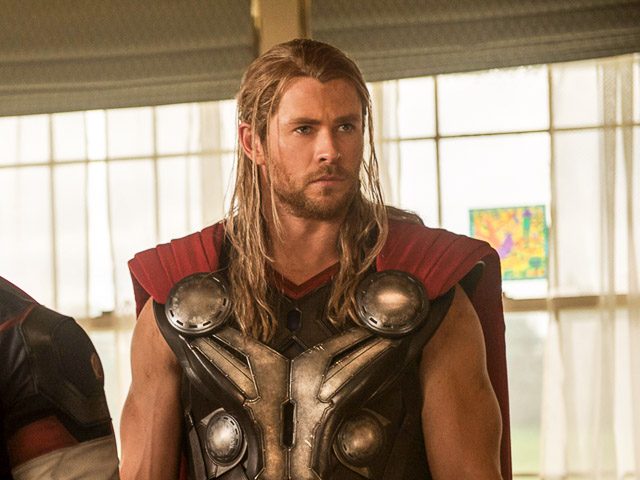
Captain America: The Winter Soldier (2014) stunned audiences by taking the star-spangled Avenger and placing him in a paranoia-laced espionage thriller punctuated with superheroic thrills. Directed by Anthony and Joe Russo (TV’s Community), Winter Soldier took the franchise in a bold, more mature direction, while retaining everything that audiences had come to love about Captain America and his world.
Even as Cap was off defending the free world, what followed next was an adventure that was literally out of it, as Marvel made steps to move beyond its superhero comfort zone. In the hands of James Gunn (Slither), Guardians of the Galaxy (2014) was an exuberant, irreverent take on outer space that, under any other circumstances, probably never would have been made.
Headlined by chubby-sitcom-star-turned-ripped-intergalactic-savior Chris Pratt, and featuring a talking raccoon (Bradley Cooper, A Star is Born) AND a talking tree (Vin Diesel, The Fast and the Furious), Guardians took Marvel’s most obscure misfits and made them household names.
Unfortunately, the second Avengers movie, Age of Ultron (2015) would leave much to be desired, wasting an interesting villain (a perfectly-cast James Spader, Stargate, TV’s Blacklist) by making the same mistake as Iron Man 2 in wasting far too much time on set ups for future movies. Indeed, with nonsense like Thor swimming, contrived interpersonal conflicts, and a side trip to Wakanda, final act’s Battle of Sokovia came almost as an afterthought.
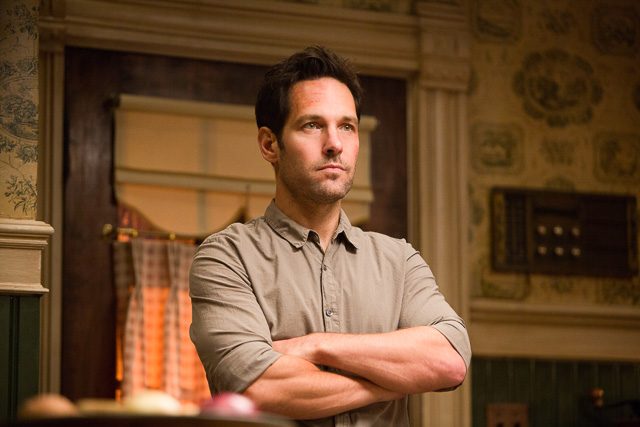
Phase 2’s final film would be a heist movie crossed with a comedy flick in 2015’s Ant-Man. Starring the seemingly-immortal Paul Rudd (Clueless, Anchorman) as a former criminal trying to do right by his daughter, Ant-Man, like Guardians before it, took an ostensibly ridiculous concept (the power to shrink), and made audiences care.
Closing with a glimpse of Civil War (2016), Ant-Man may not have been the most epic way to close Phase 2, but it certainly left a smile on many a moviegoer’s face with its unabashed sentiment, astonishing visuals, and a gleefully flippant tone, making it a resounding hit.
Phase 3 (2016-2019): To ‘Infinity War’ and beyond
The first entry of Phase 3 was Captain America: Civil War (2016), but it could just as easily have been called, “Avengers 2.5,” as the film featured pretty much every MCU character introduced up to that point. Building off the consequences of Age of Ultron’s climactic battle, Civil War featured our heroes in crisis, divided over the need for government oversight in Avengers operations.
The centerpiece of this was a wonderfully staged airport brawl that not only showed off what Ant-Man could really do, but finally introduced Spider-Man (Tom Holland, In the Heart of the Sea) to the MCU, courtesy of a profit-sharing deal Disney struck with rights-holder Sony.
Structurally, Doctor Strange (2016) was pretty much a magical version of the first Iron Man, but it is presented with such wit and visual splendor that it’s easy to forgive the similarities. Benedict Cumberbatch (TV’s Sherlock) is Stephen Strange, an arrogant surgeon who, following a tragic accident, works his way up to becoming Master of the Mystic Arts.
Whereas Thor used (pseudo-) science to (kinda) justify its worlds of gods and monsters, Doctor Strange went all in on spells, magic, and the occult to add another layer to the MCU.
By this point, the MCU was firing on all cylinders, releasing Guardians of the Galaxy 2 (2017), Spider-Man: Homecoming (2017), and Thor: Ragnarok (2017) within a 6-month period. The films themselves were clearly more confident, with lead actors more obviously comfortable in their roles, and adventures suitably tailored to their strengths. There was also a great deal more humor involved, especially with Guardians 2 and Ragnarok, which tread the line of having fun with their characters without making them look (too) ridiculous.
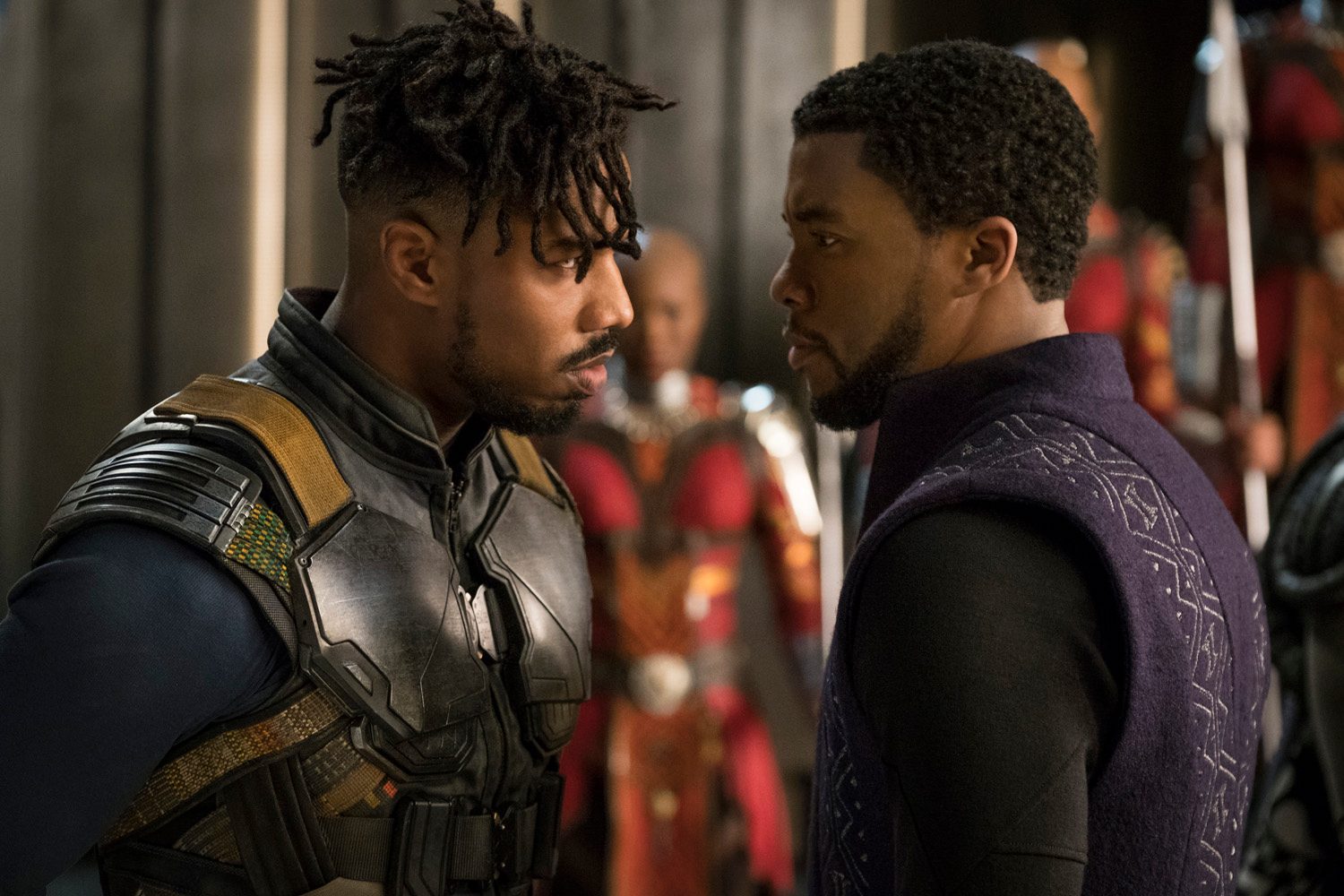
2018’s Black Panther would bring minorities to the fore, as the story of a fallen king, his prideful son (Chadwick Boseman, Draft Day), and a spiteful challenger (Michael B. Jordan, Creed) to the throne resonated with marginalized people all over the world. Set in a fictitious African nation (Wakanda) that had never been colonized, Black Panther presented powerful arguments on prejudice and race relations while keeping its feet firmly planted in the MCU. (READ: ‘Black Panther’ review: Best of the lot)
Which brings us to Avengers: Infinity War (2018), the one that broke everyone’s hearts by consolidating years of character development and fighting over Infinity stones into one, senses-shattering finger-snap.
As Thanos, Josh Brolin received praise from audiences and critics alike for imbuing the proceedings with a palpable menace that most MCU villains lacked. Expectation-defying and unapologetically epic from its opening frames, Infinity War stood tall as the ultimate accomplishment of Marvel Studios’ 10-year game plan, and it was magnificent. (READ: ‘Avengers: Infinity War’ review: Disarmingly audacious)
Ant-Man and the Wasp (2018) had the unenviable task of following up Infinity War’s incredible cliffhanger with a deliberately lighthearted tone that cleansed the viewer’s palate with more size-shifting hijinks. The film drew attention for being the first MCU flick to have a female title character (played by Evangeline Lily, The Hobbit), but aside from that, Ant-Man and the Wasp couldn’t escape its status as filler between Avengers movies.
Going into 2019, Captain Marvel was supposed to be the next big deal, sparking no end of online debate for the gender politics of its lead character and the actress (Brie Larson, Room) portraying her.
While the film wasn’t all that bad, it certainly wasn’t the home run it needed to be to silence its critics, with criticism levelled towards its Larson’s bland performance, awkward humor, and derivative story. In spite of all of this, the film has grossed over a billion dollars and counting, proving the viability of a market starved for inclusive, representative stories. (READ: ‘Captain Marvel’ review: No way but up)

As of this writing, Avengers: Endgame is breaking records for online ticket pre-sales, with moviegoers the world over reportedly crashing servers in their quest for opening day seats. At the same time, rumors are running rampant, as the production’s tight seal of secrecy has kept details deliberately scarce, even as trailers have been released with increasing frequency.
Under the Russos, who once again share directing credits, false endings have been shot, and script pages withheld, all with the intention of preserving the experience for people watching for the first time.
In conclusion
Whether or not Endgame turns out to be a worthy conclusion – both to its Infinity War predecessor and the Infinity Saga as a whole – it is impossible to overstate the momentous accomplishment the MCU represents by its mere existence.
From a logistical, conceptual, and executional point of view, there has never been anything approaching a cinematic undertaking of this magnitude. (LOOK: ‘Avengers: Endgame’ character posters reveal who’ve been snapped away)
Insofar as outright lunatic ambition goes, it’s easy to think that Phase 4 (beginning with this year’s Spider-Man: Far From Home) would have an almost unfairly high bar to clear, especially given the rumors that Downey, Jr., Hemsworth, and Evans are retiring from their iconic roles.
But with the film rights to the X-Men and Fantastic Four finally in Marvel’s hands following Disney’s recently-completed acquisition of 20th Century Fox, the mind boggles at what wonders Feige and his cohorts might have in the works.
Where other studios are only now beginning to catch on to what Marvel seemingly knew from the beginning, the strides the MCU has taken in ensuring the big-screen verisimilitude and longevity of its characters is beyond impressive.
In 1996, Marvel was bankrupt. Now, a little over 20 years on, an entire generation has grown up with the big screen adventures of Thor, Captain America, and Iron Man, and their popularity shows no signs of waning.
Somewhere, Stan Lee is smiling. – Rappler.com
Add a comment
How does this make you feel?
There are no comments yet. Add your comment to start the conversation.